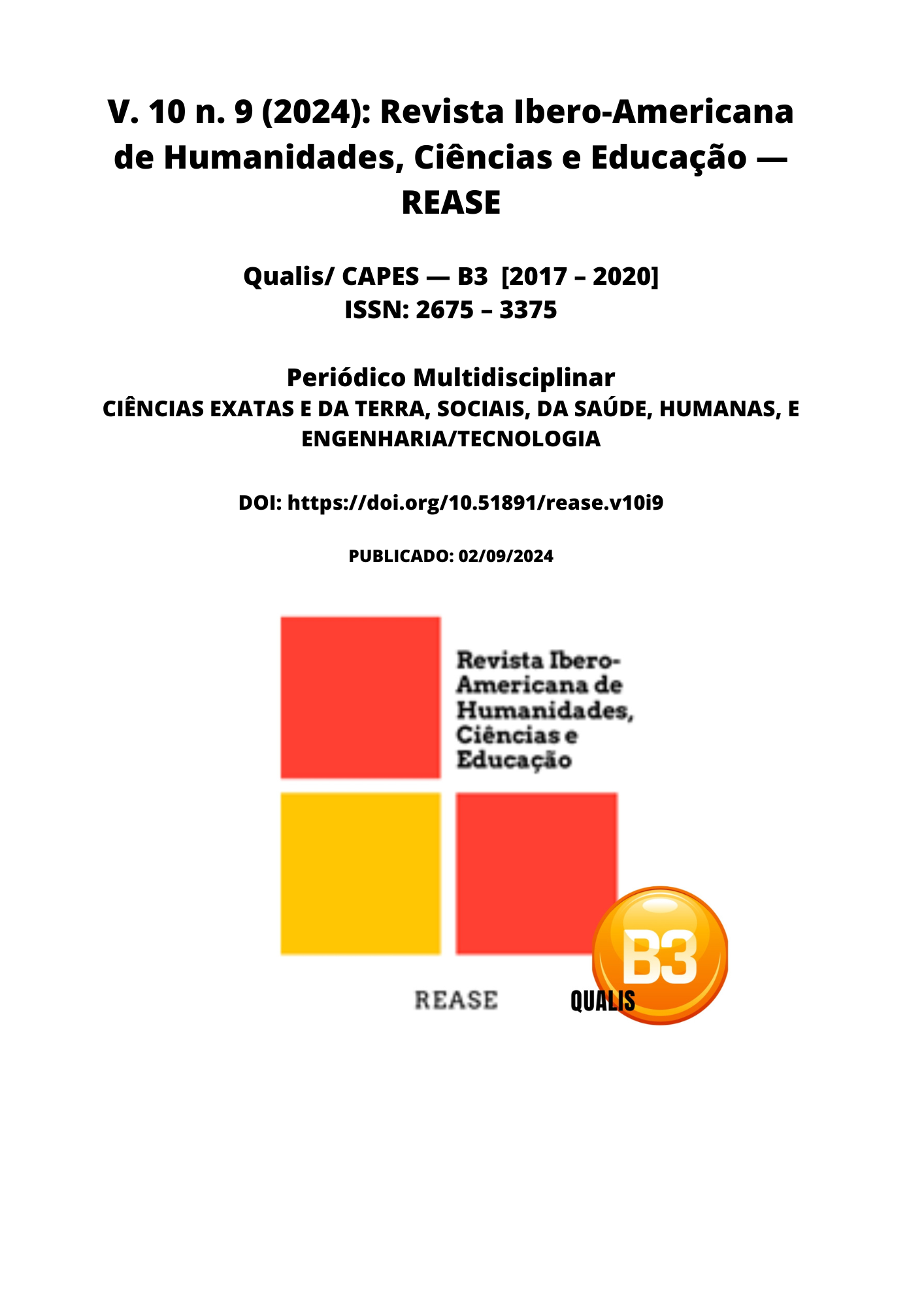PREVENÇÃO E TRATAMENTO CLÍNICO DA PERICARDITE EM PACIENTES COM LÚPUS ERITEMATOSO SISTÊMICO
DOI:
https://doi.org/10.51891/rease.v10i9.15581Palabras clave:
Lúpus eritematoso sistêmico. Pericardite. Tratamento. Prevenção. Cuidados clínicos.Resumen
Introdução: A pericardite é uma complicação significativa do lúpus eritematoso sistêmico (LES), uma doença autoimune crônica que pode afetar múltiplos órgãos. Essa condição resulta em inflamação do pericárdio, a membrana que envolve o coração, levando a sintomas como dor torácica e dificuldade respiratória. O tratamento da pericardite em pacientes com LES demanda uma abordagem multidisciplinar, dado que esses pacientes podem apresentar uma resposta inflamatória exacerbada e maior risco de complicações cardiovasculares. A compreensão profunda dos mecanismos envolvidos e das estratégias de tratamento é crucial para a gestão eficaz desta condição. Objetivo: Avaliar as estratégias de prevenção e tratamento clínico da pericardite em pacientes com lúpus eritematoso sistêmico. Metodologia: Utilizando o checklist PRISMA, foram realizadas buscas nas bases de dados PubMed, SciELO e Web of Science. Os descritores empregados incluíram "lúpus eritematoso sistêmico", "pericardite", "tratamento", "prevenção" e "cuidados clínicos". Foram incluídos estudos publicados nos últimos 10 anos que abordaram diretamente a pericardite em contextos de LES. Foram considerados critérios de inclusão: artigos que focaram em intervenções clínicas específicas, estudos que apresentaram dados sobre a eficácia do tratamento e pesquisas que descreveram estratégias de prevenção. Excluíram-se estudos que não estavam em inglês ou português, artigos que não focaram diretamente em LES e pesquisas sem dados originais relevantes. Resultados: A análise revelou que a pericardite em pacientes com LES é frequentemente tratada com anti-inflamatórios não esteroides e corticosteroides, sendo que a abordagem pode variar conforme a gravidade e a resposta ao tratamento. A revisão também destacou a importância do monitoramento contínuo e da avaliação de possíveis efeitos adversos dos tratamentos. A prevenção de episódios agudos e a gestão dos sintomas associados foram identificadas como aspectos cruciais para melhorar a qualidade de vida dos pacientes. Conclusão: A prevenção e o tratamento da pericardite em pacientes com lúpus eritematoso sistêmico demandam uma abordagem detalhada e personalizada. Estratégias eficazes incluem o uso de medicamentos anti-inflamatórios e o monitoramento rigoroso dos pacientes para ajustar o tratamento conforme necessário. A revisão evidenciou a necessidade de mais pesquisas para otimizar as abordagens terapêuticas e melhorar os resultados clínicos para esses pacientes.
Descargas
Descargas
Publicado
Cómo citar
Número
Sección
Categorías
Licencia
Atribuição CC BY

